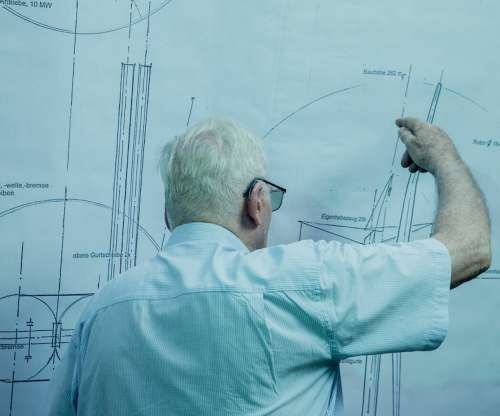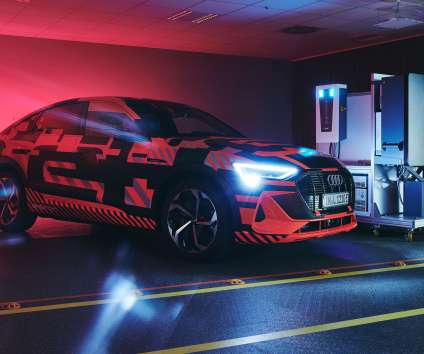German Agency for Disruptive Innovation supporting development of high-altitude on-shore wind turbines
Green Car Congress
JUNE 24, 2022
Among the projects being funded by the German Agency for Disruptive Innovation ( SPRIND ) is an effort by Horst Bendix to develop a high-altitude, on-shore wind turbine. The higher a wind turbine is installed, the more efficiently it will work, because the wind is much steadier and blows with greater force at altitude.














Let's personalize your content